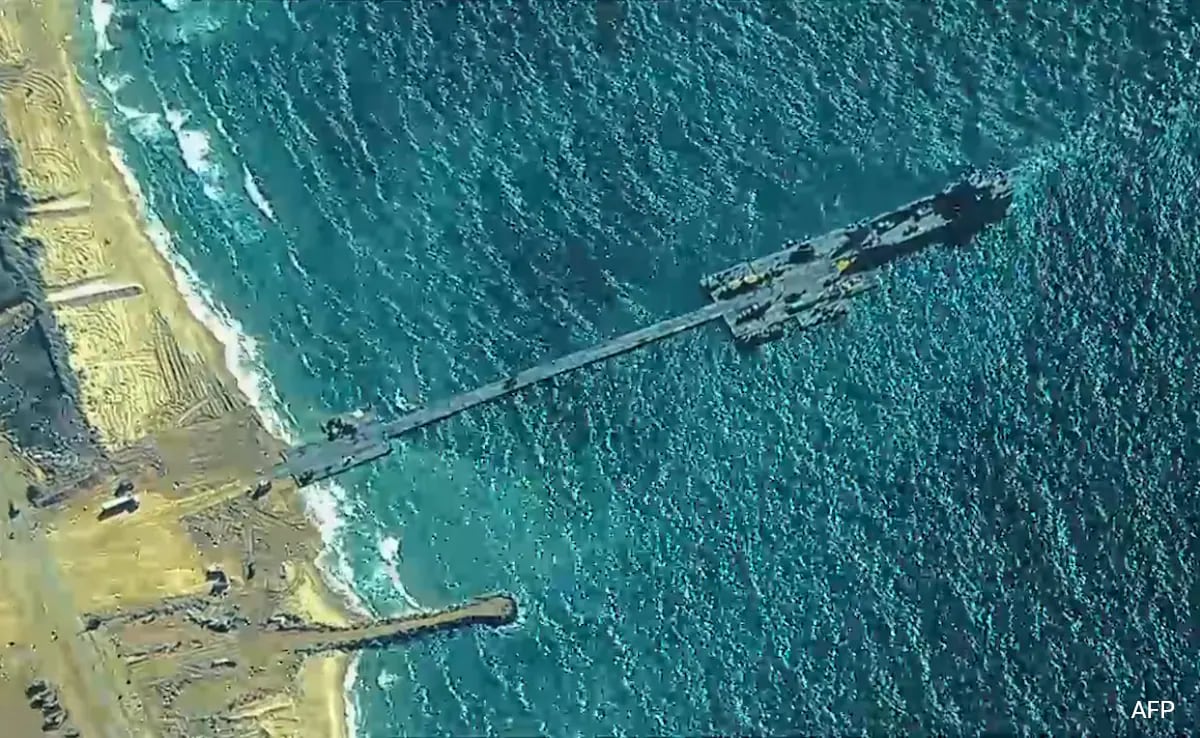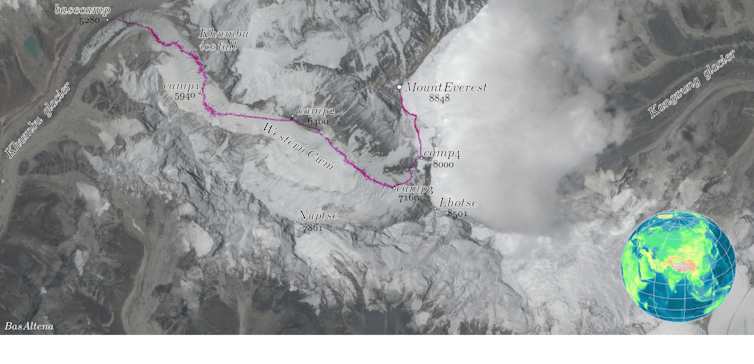Any individual who crosses the Karman Line qualifies as an astronaut.
Boundaries play an important role in science because they help differentiate and define things that might otherwise blend together. One such boundary is the Kármán Line. Located at 100 km above sea level, it is an imaginary line that demarcates the earth’s atmosphere from space.
Though not all scientists and spacefarers accept it, a majority of countries and space organisations recognise this boundary between earthsky and space. It was established in the 1960s by a record-keeping body called Fédération Aéronautique Internationale (FAI). Anyone individual who crosses this line qualifies as an astronaut.
However, nature seldom adheres to human-made boundaries. Crossing the Kármán Line physically doesn’t mean much. Within a short distance on either side of the line, there is no significant difference in the pressure or the composition of air. The earth’s gravity continues to exert its pull here. Even the earth’s atmosphere doesn’t end here. Why then do we need the Kármán Line?
The Kármán Line was established to regulate airspace. It marks, roughly, the altitude beyond which a traditional aircraft can’t fly. Any aircraft flying beyond it needs a propulsion system to pull away from the earth’s tug. It also acts as a legal reference that separates airspace that a country can claim to own from space itself, which is governed like international waters.










